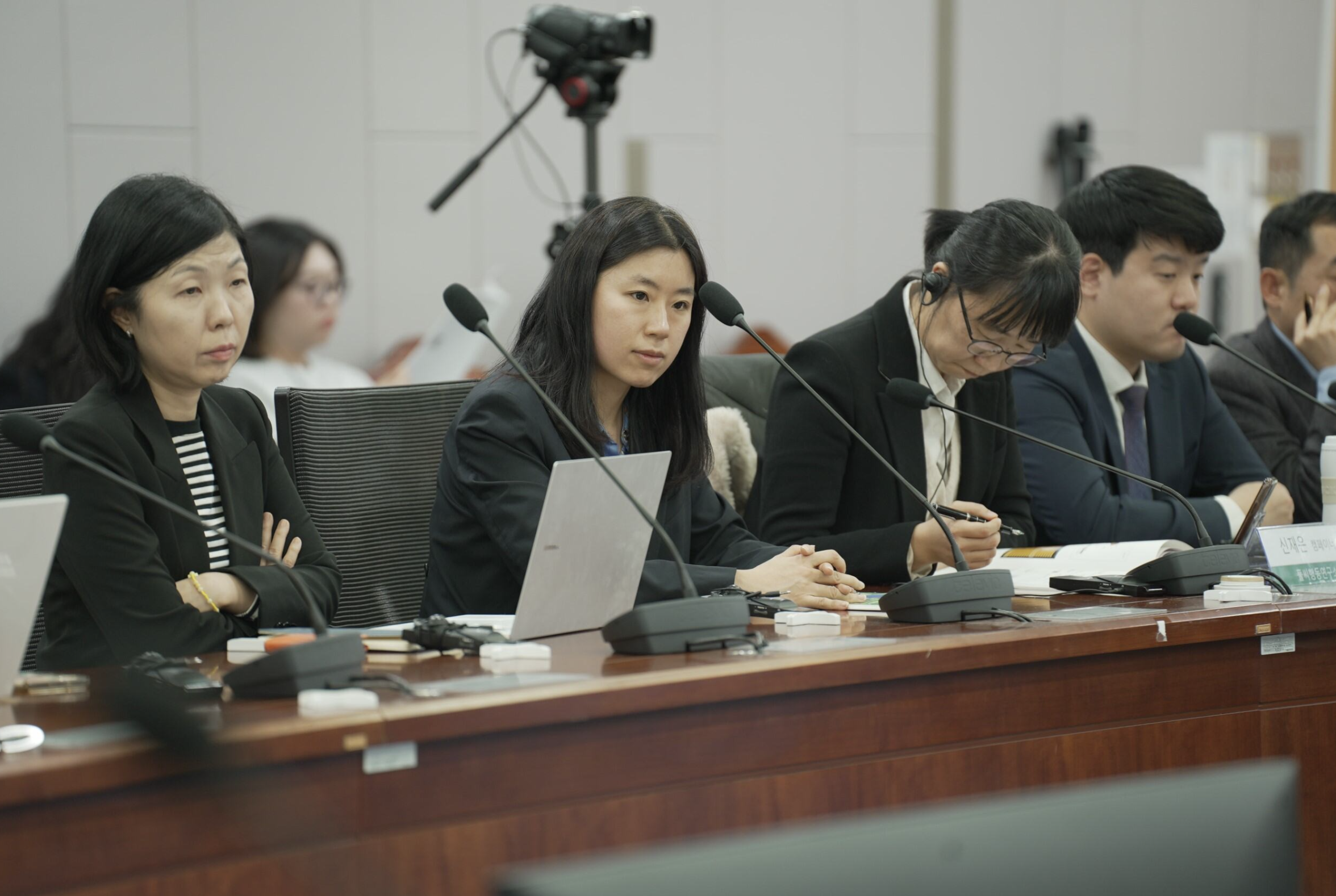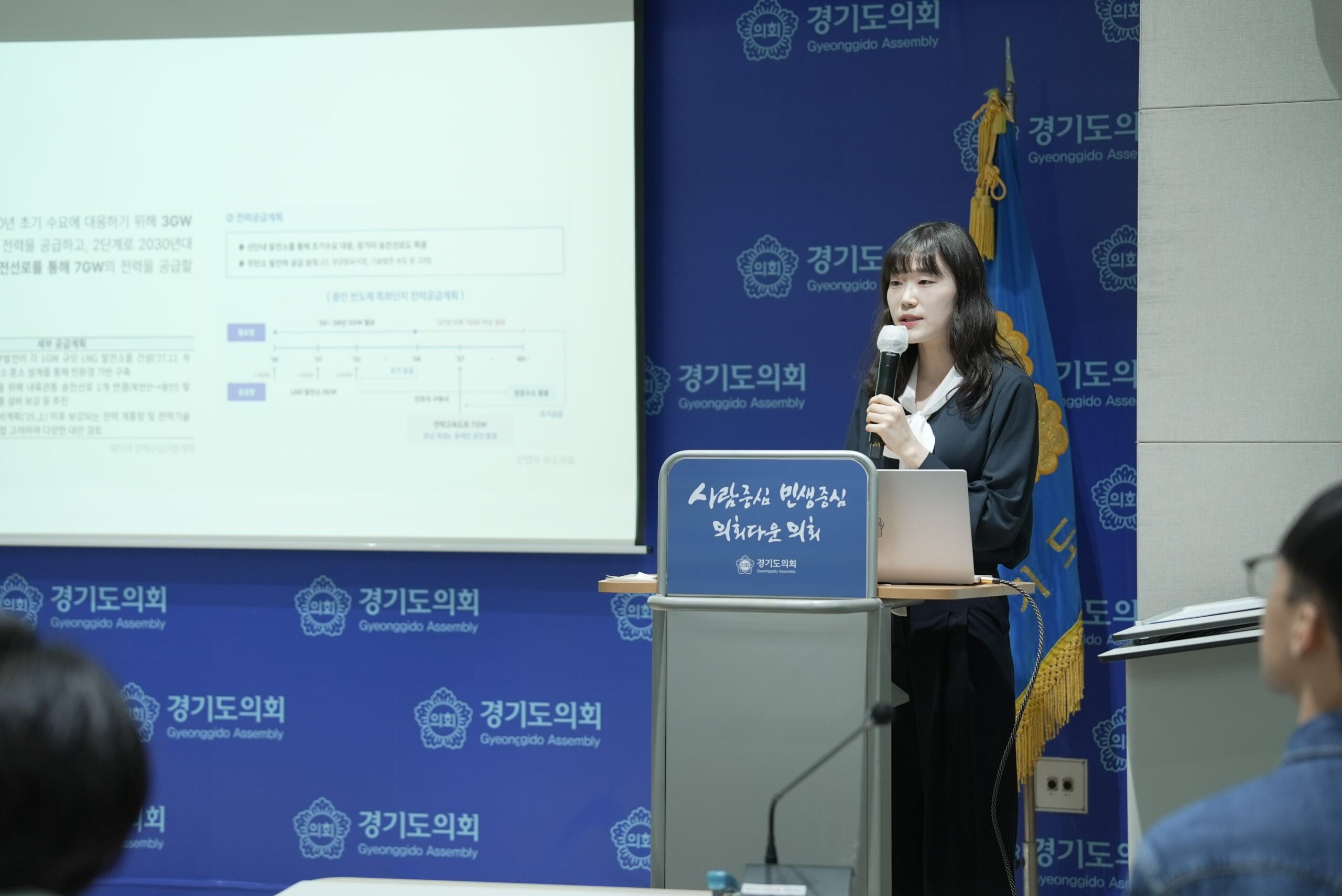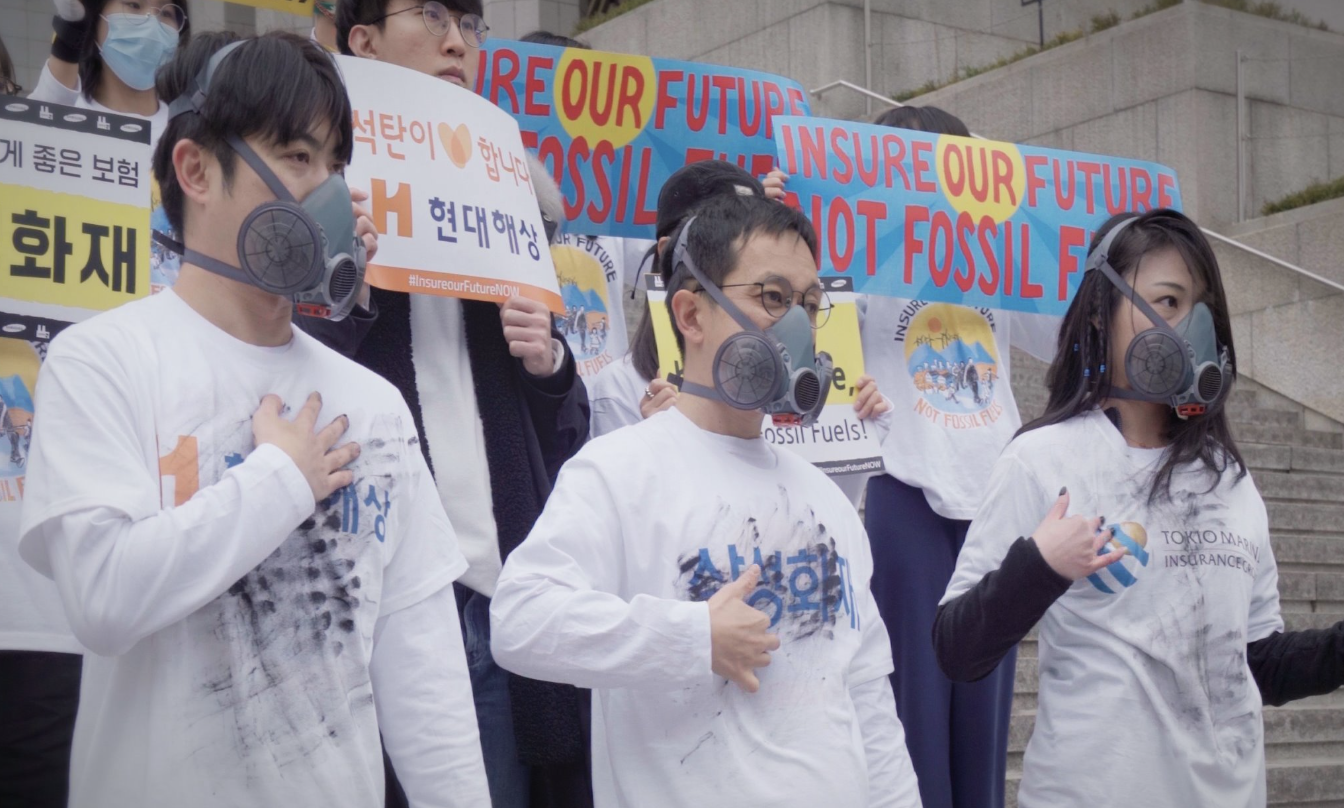
Executive summary
The ammonia-blended power generation method of coal-fired power plants, which is being promoted by the Japanese and South Korean governments, is being used as a means to sustain coal-fired power generation, contrary to the slogan of “carbon-free power generation”.
According to the Korean government’s plan, by 2030, 20% ammonia co-firing (based on calorific value) will be applied to existing coal-fired power generators, but the remaining 80% will still be used as coal fuel, which means that the greenhouse gas reduction effect will be only 20%. Ammonia co-firing in coal-fired power plants justifies the extension of the lifespan of coal-fired power. However, this transition has the potential to reduce GHG emissions a maximum of only 20 %, and could have a huge adverse effect on air pollution.
Ammonia is a precursor to fine dust that forms fine dust in the atmosphere. As a result of calculating the fine dust emission for the power plants where the ammonia co-firing plan was announced, it was confirmed that the fine dust could be increased by 85% compared to the existing one by ammonia co-firing.
Download the report below to learn more!



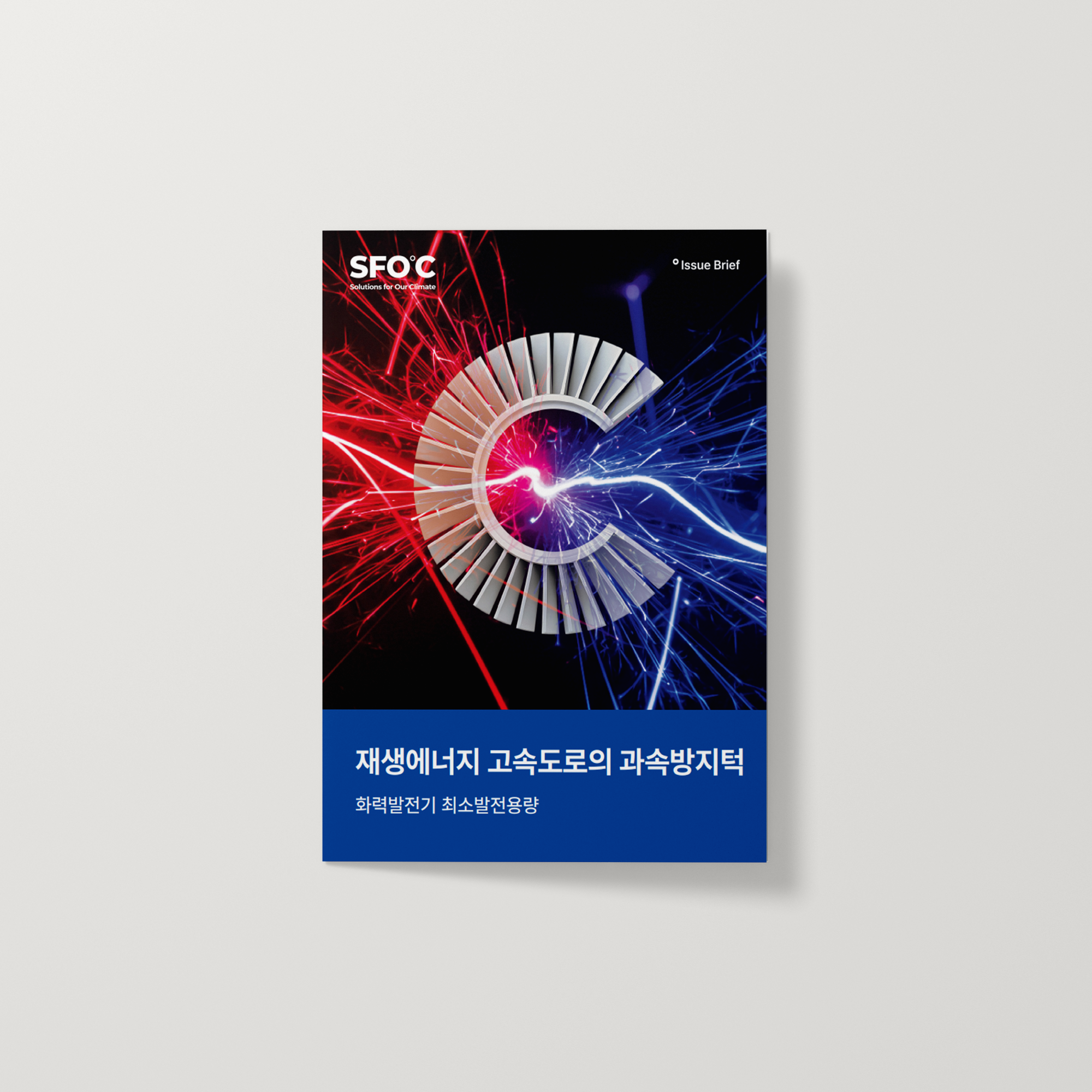
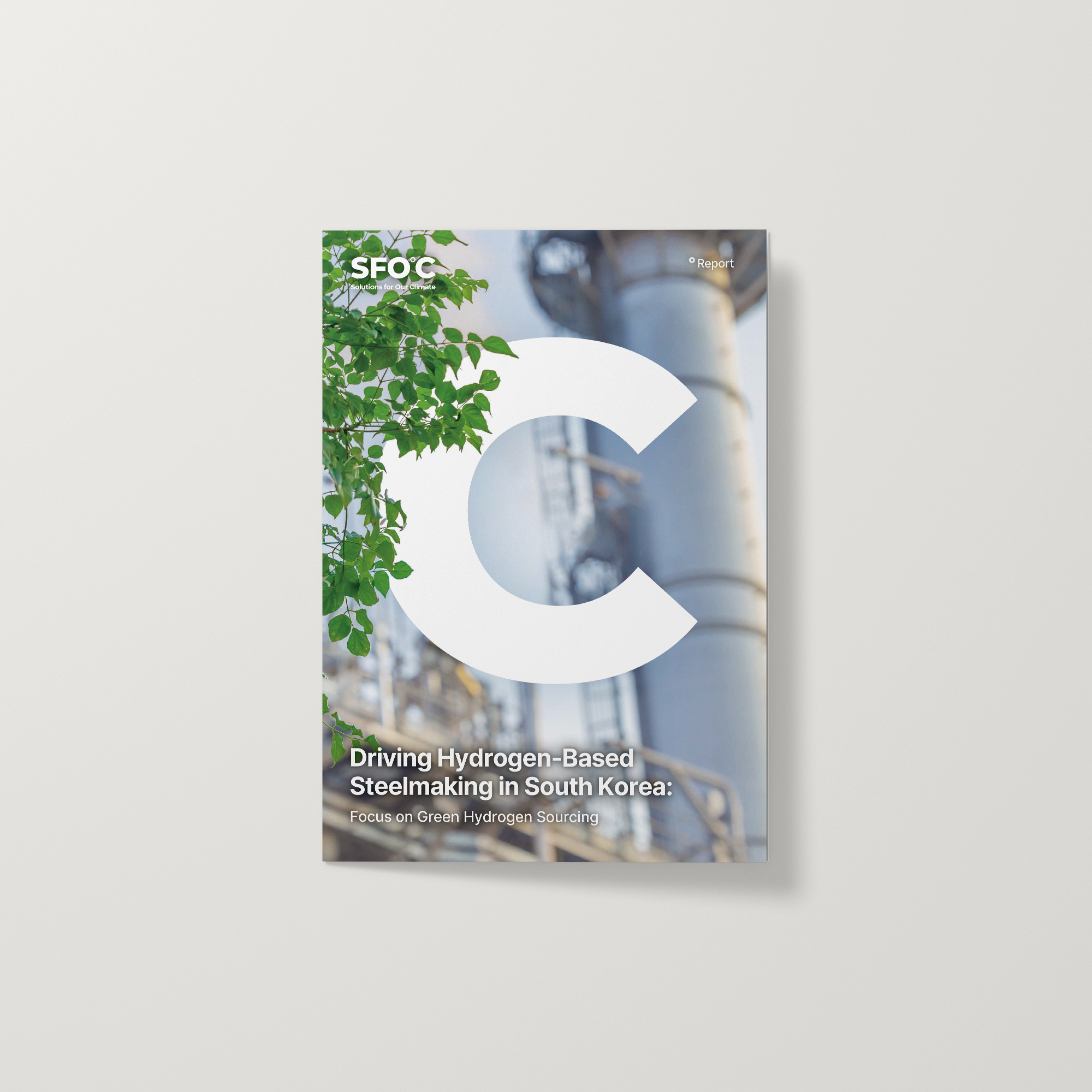









![[Brief] South Korea’s international public finance continues to block a just energy transition](https://content.sfoc.tapahalab.com/images/research/RC5Kime.jpg)





![[토론회] 한국형 녹색분류체계(K-Taxonomy), 무엇이 녹색경제활동인가](https://content.sfoc.tapahalab.com/images/research/bn8jdme.jpg)
![[이슈 브리프] 탄소포집, 이용 및 저장기술(CCUS) 현황과 문제점](https://content.sfoc.tapahalab.com/images/research/SWESdme.jpg)


